Nationality British Name Dennis Bray | Residence United Kingdom | |
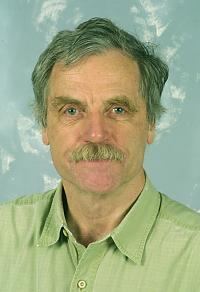 | ||
Education Massachusetts Institute of Technology Fields Computational biology, Microbiology, Neuroscience Books Molecular Biology of the Cell, Wetware: A Computer in Every L, Cell movements, Essential Cell Biology Similar People Martin Raff, Bruce Alberts, Julian Lewis, John Tyler Bonner | ||
Debate between dennis bray and terry sejnowsky
Dennis Bray is an active emeritus professor at University of Cambridge. His group is also part of the Oxford Centre for Integrative Systems Biology. After a first career in Neurobiology, working on cell growth and movement, Dennis Bray moved in Cambridge to develop computational models of cell signaling, in particular in relation to bacterial chemotaxis.
Contents
- Debate between dennis bray and terry sejnowsky
- Dennis bray on the complexity of biological systems
- Books
- Main scientific publications
- Mention in Popular Science
- References
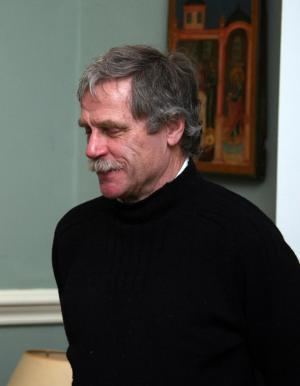
On 3 November 2006 he was awarded the Microsoft European Science Award for his work on chemotaxis of E. coli.
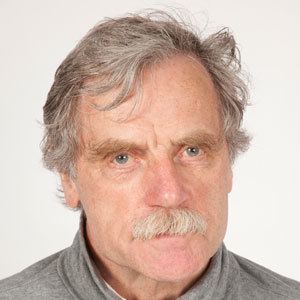
Dennis bray on the complexity of biological systems
Books
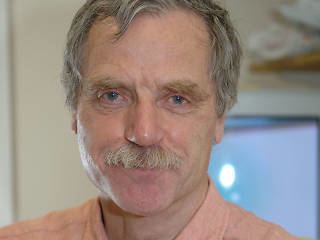
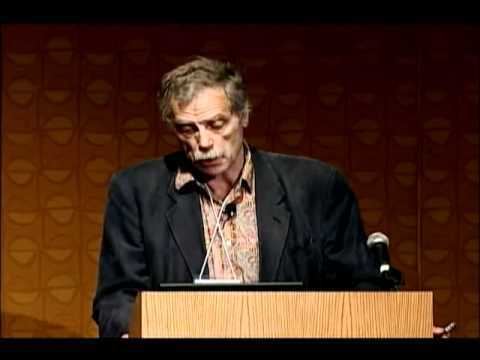
In this book Bray offers imaginative, wide-ranging and perceptive critiques of robotics and complexity theory, as well as many amusing and telling anecdotes. The book taps into the findings of the new discipline of systems biology to show that the internal chemistry of living cells is a form of computation, although that sounds consuming it is written very clearly and understandably. How does a single-cell creature, such as an amoeba, lead such a sophisticated life? How does it hunt living prey, respond to lights, sounds, and smells, and display complex sequences of movements without the benefit of a nervous system? Bray proposes a startling and original answer. Cells are built out of molecular circuits that perform logical operations, as electronic devices do, but with unique properties. Bray argues that the computational juice of cells provides the basis of all the distinctive properties of living systems: it allows organisms to embody in their internal structure an image of the world, and this accounts for their adaptability, responsiveness, and intelligence.
Main scientific publications
Mention in Popular Science
Professor Franklin M. Harold writes "The theme [of a protein's shape and functionality being altered by interaction with its environment] comes with numerous variations, some of which are discussed in a thought-provoking article by Dennis Bray [author references Dr. Bray's 1995 article] that examines proteins as information-processing devices."
